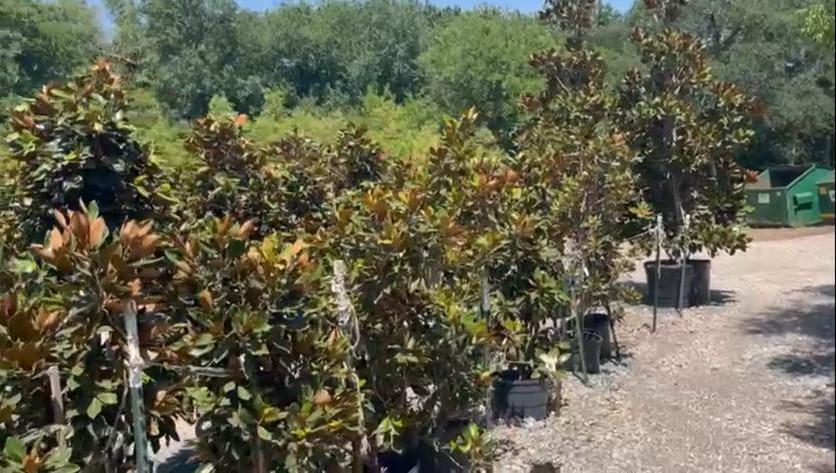This Article Includes: Deciduous Magnolias, Evergreen Magnolias, Blooming Seasons, Pest and Disease Resistance
Introduction:
Magnificent Magnolias trees are a popular choice for landscaping in Texas, thanks to their pest and disease resistance, evergreen nature, and stunning appearance. With a wide variety of magnolia tree species available, homeowners in Texas have plenty of options to choose from. In this article, we will delve into the world of Texas magnolias, exploring the different types of magnolia trees that thrive in the Lone Star State and when they bloom.
- Deciduous Magnolias:
Deciduous magnolias are a common sight in Texas, known for their vibrant blooms and large, showy flowers. These trees shed their leaves in the winter, allowing the blossoms to take center stage. Some popular deciduous magnolia varieties in Texas include the Southern Magnolia (Magnolia grandiflora) and the Star Magnolia (Magnolia stellata). - Evergreen Magnolias:
Evergreen magnolias are a great choice for those seeking year-round greenery and beauty in their landscapes. These magnolia trees retain their glossy, dark green leaves throughout the year, providing a lush backdrop for their stunning flowers. The Little Gem Magnolia (Magnolia grandiflora ‘Little Gem’) and the Teddy Bear Magnolia (Magnolia grandiflora ‘Teddy Bear’) are two popular evergreen magnolia varieties in Texas. - Blooming Seasons:
Magnolia trees in Texas typically bloom in the spring, adding a burst of color and fragrance to the landscape. The exact blooming season may vary depending on the specific magnolia species and the region within Texas. Generally, magnolias begin to bloom in late February or early March and continue through April. However, it’s important to note that weather conditions and microclimates can influence the blooming period. - Pest and Disease Resistance:
One of the many advantages of planting magnolia trees in Texas is their natural resistance to pests and diseases. These hardy trees are less susceptible to common issues that plague other tree species, making them a low-maintenance choice for homeowners. However, it’s still important to provide proper care and maintenance to ensure the health and longevity of your magnolia trees.
Conclusion:
Texas magnificent magnolias offer a wide range of options for homeowners looking to enhance their landscapes with these stunning trees. Whether you prefer the vibrant blooms of deciduous magnolias or the year-round greenery of evergreen varieties, there is a magnolia tree that will thrive in your Texas garden. With their pest and disease resistance, evergreen foliage, and captivating flowers, magnolia trees are a true asset to any outdoor space in the Lone Star State.

